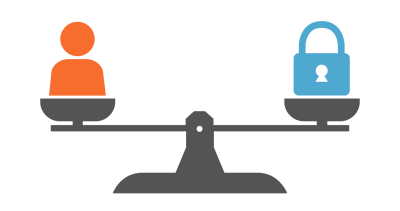The Brightcove Player for Closed Captioning and Cue Points
The Brightcove Player continues to rapidly improve. A couple of the biggest changes we recently released were updates to closed caption and cue point support based on the WebVTT standard.
Closed Captions
Closed captions are an important feature for people with hearing impairment, people who do not speak the language featured in the audio track, or anyone who wants to watch the video with the sound off or in a noisy room. Caption support allows publishers to extend the reach of their videos significantly in all of these cases. It also is mandated by the U.S. Federal Communications Commission for content that has previously been broadcast on TV in the U.S.
Captions features we now support include:
- Multiple languages
- Customizable styles - users can change fonts, colors, and styles
- Custom styles persist for a user across a site
- Captions work in full-screen iOS player
Cue Points
As part of our captions work, we also added generic support for cue points. Cue points are moments in a video when something should happen, either the display of a caption, the display of an ad, or the passage of metadata to Javascript logic defined on the web page. Cue points allow publishers to control dynamic behavior in their pages. For example, a cue point could indicate when a product is in view, which could then cause a “more information” or “buy it now” link to appear beside the video.
Captions or metadata cue point definitions can be provided via a .vtt file and be supplied using Video Cloud Studio or provided to the player via logic in the page. WebVTT files can be hosted on the publisher’s site, or from any URL. Video Cloud will support hosting .vtt files soon. Cue points previously defined and associated with videos in Video Cloud are also translated into WebVTT cue points in the new player. You can also supply captions or cue points dynamically via Javascript API in the page, for example if you want to adjust which caption languages to display in the menu based on the locale of the browser.
For More Information
For further information on how to use captions and cue points, please refer to these articles in our documentation:


